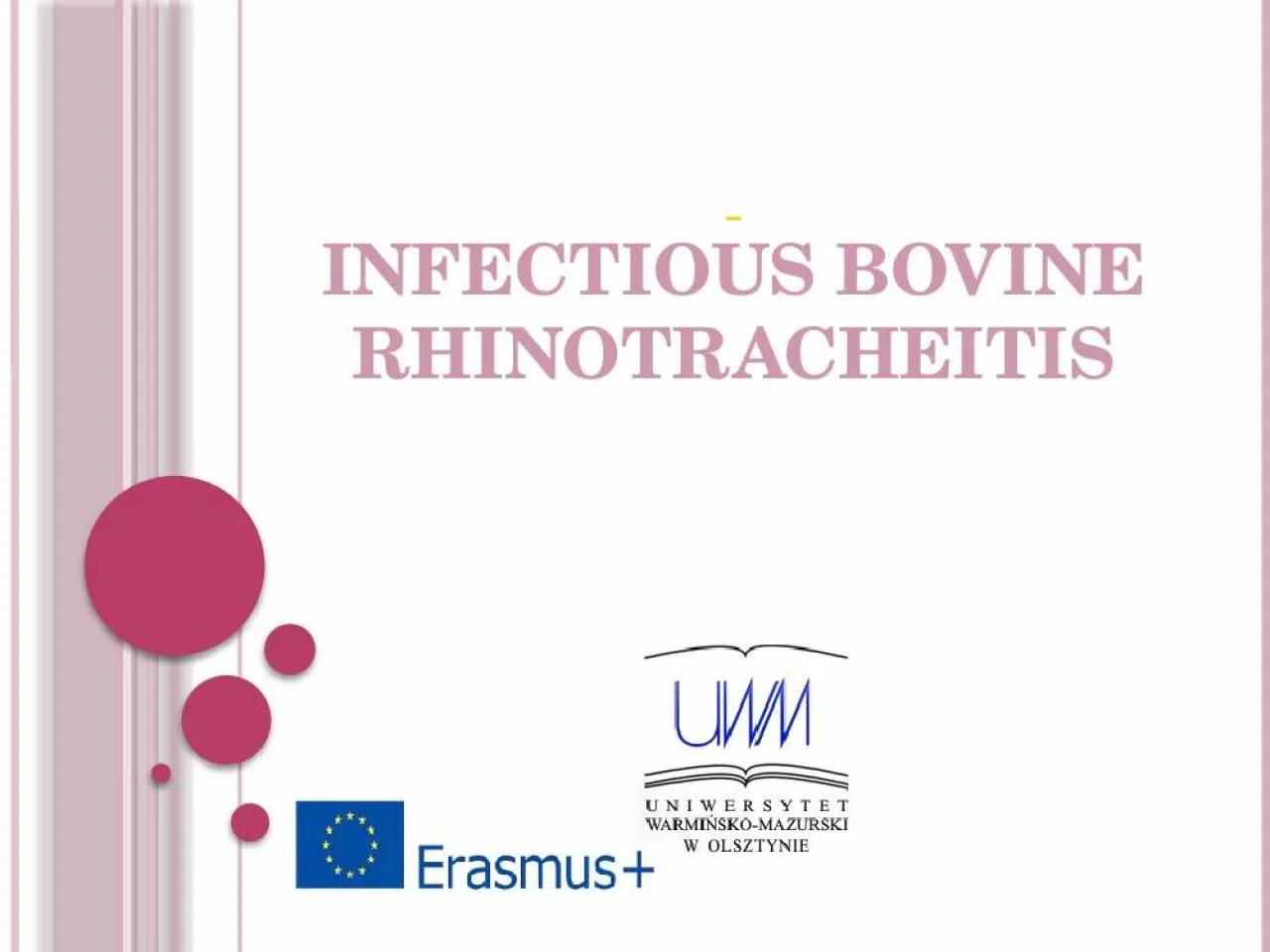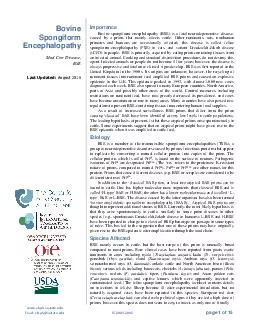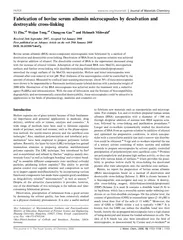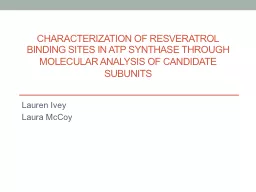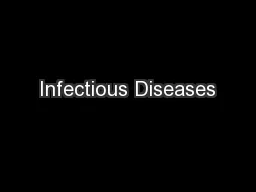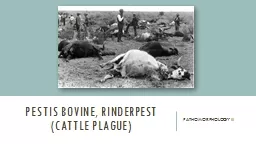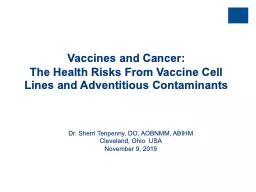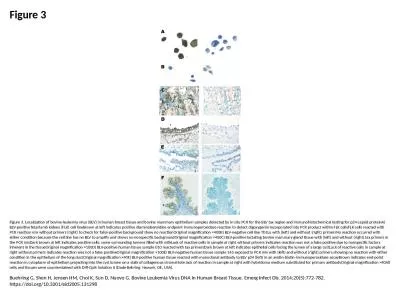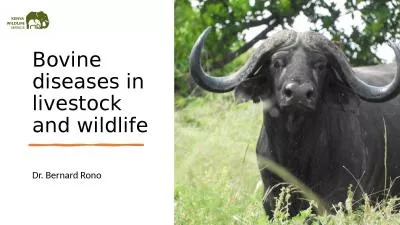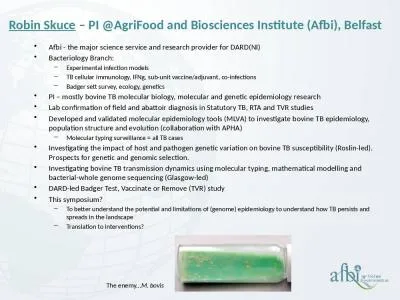PPT- INFECTIOUS BOVINE RHINOTRACHEITIS
Author : elysha | Published Date : 2022-05-31
Infectious Bovine Rhinotracheitis IBR or RedNose was first recognized as a specific disease syndrome in Colorado feedlot cattle in the early 1950s and the first
Presentation Embed Code
Download Presentation
Download Presentation The PPT/PDF document " INFECTIOUS BOVINE RHINOTRACHEITIS" is the property of its rightful owner. Permission is granted to download and print the materials on this website for personal, non-commercial use only, and to display it on your personal computer provided you do not modify the materials and that you retain all copyright notices contained in the materials. By downloading content from our website, you accept the terms of this agreement.
INFECTIOUS BOVINE RHINOTRACHEITIS: Transcript
Download Rules Of Document
" INFECTIOUS BOVINE RHINOTRACHEITIS"The content belongs to its owner. You may download and print it for personal use, without modification, and keep all copyright notices. By downloading, you agree to these terms.
Related Documents

